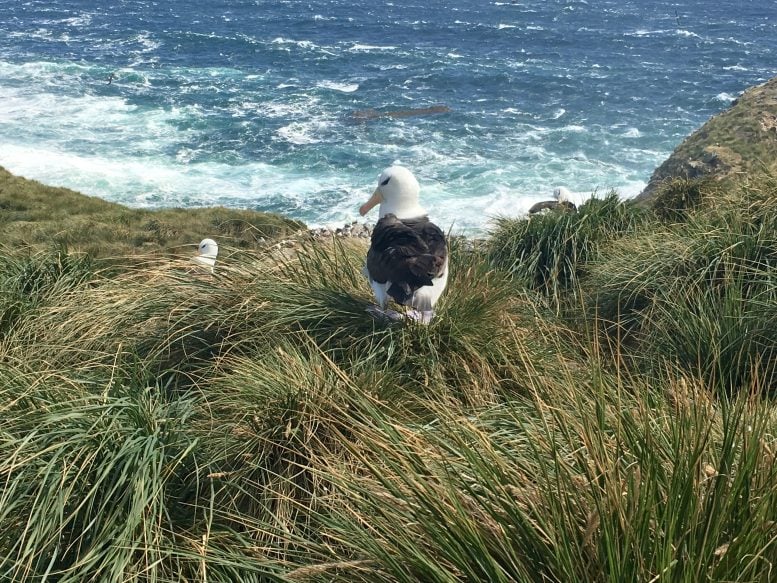
A rookery of black-browed albatross (Thalassarche melanophris) nest at a windy, exposed tussac grassland on West Point Island, Falkland Islands. Credit: Dulcinea Groff
Seabird poop transformed an entire ecosystem, reveals an examination of a 14,000-year peat record in the Falkland Islands, raising questions about the birds’ survival and the potential impact of climate change on sensitive terrestrial-marine ecosystems.
Seabirds arrived on the remote cluster of islands in the South Atlantic known as the Falkland Islands 5,000 years ago. Their arrival occurred at the same time as the region cooled.
Coincidence?
Probably not, according to experts like Dulcinea Groff, whose research interests include paleoecology, paleoclimate, conservation, and environmental change. Instead, their arrival suggests that the Falkland Islands were a cold-climate refuge for seabirds. Today, a warming Southern Ocean calls into question the long-term viability of the Falkland Islands as a habitat for seabirds whom Groff calls the “canaries in the coal mine of the ocean and land where they nest” because of their sensitivity to climate change.
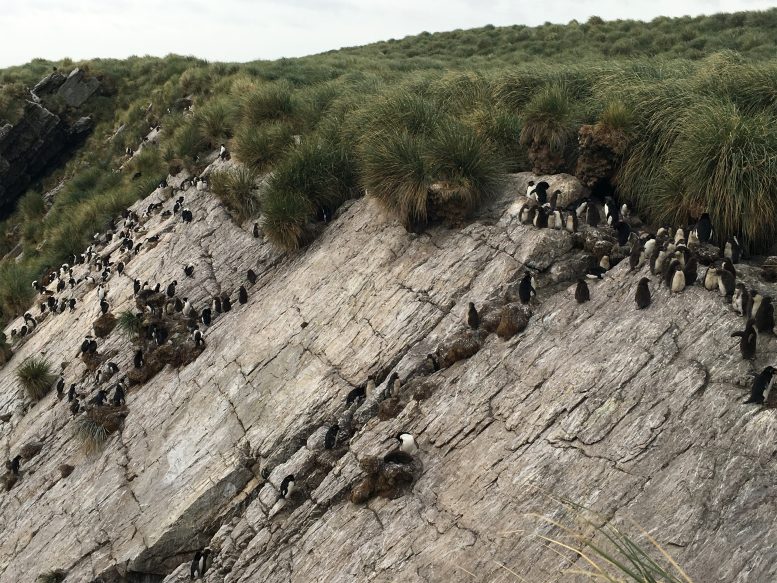
A rookery Southern rockhopper penguins (Eudyptes chrysocome chrysocome) nest between a rocky slope and a tussac grassland and bring in nutrients from the ocean directly to the grasses at the Kidney Island National Nature Reserve, Falkland Islands. Credit: Dulcinea Groff
Groff and her colleagues set out to discover how seabirds responded to climate change thousands of years ago because the past provides a window into how seabirds might respond to a changing climate in the future. The team’s examination of a 14,000-year record, derived from peat — a natural archive of information about past environments — reveals that an ecosystem shift occurred following seabird establishment 5,000 years ago, as marine-derived nutrients from guano (accumulated bird excrement) facilitated the establishment of tussac (a type of grass), peat productivity, and increased fire.
The results of the study have been published today (October 23, 2020) in Science Advances in an article called, “Seabird establishment during regional cooling drove a terrestrial ecosystem shift 5000 years ago.”
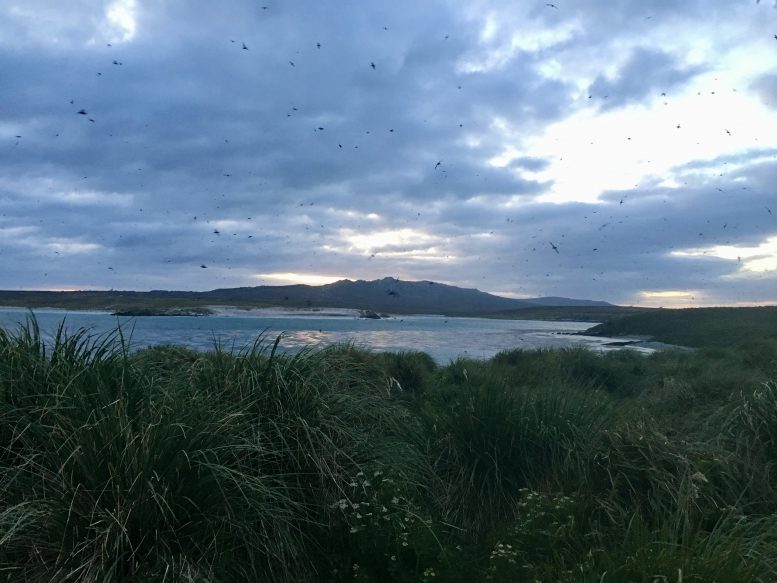
At dusk, thousands of seabirds called sooty shearwaters (Ardena grisea) return to their deep nesting burrows dug into the peat of the tussac grassland at the Kidney Island National Nature Reserve, Falkland Islands. Credit: Dulcinea Groff
“Our 14,000-year record raises a very troubling question about where seabirds will go as the climate continues to warm because the seabirds at Surf Bay established when the climate was cooler,” says Groff, who is currently a Research Fellow in Lehigh’s Department of Earth and Environmental Sciences. This work was part of her dissertation at the University of Maine. “A couple of centuries of introduced livestock grazing has severely damaged tussac grasslands, which are critical wildlife habitats. We learned just how important the nutrients in seabird poop are for the ongoing efforts to restore and conserve their grassland habitat.”
Scientists are able to learn about the past by analyzing peat because it preserves the remains of plants and animals as it accumulates or builds up over thousands of years. Groff and her colleagues examined pollen made by the plants, charcoal left over from grassland fires, and chemical indicators associated with seabirds being present, all derived from peat samples. The peat profile allowed them to determine the order of events with the seabirds and their breeding habitat: the tussac grasslands.
“Our study is unique because it documents a direct linkage across ocean and land ecosystems between top predators of the oceans -the seabirds- and island plant communities,” says Groff. “The abrupt ecosystem shift happened within a matter of a few decades and suggests that as the climate continues to warm, it’s critical to think about where seabirds will go in the future and plan to protect those places. This is also relevant toward efforts to restore the tussac grasslands because as the climate warms, seabirds may find and occupy more suitable environments elsewhere, and we should expect that the coastal grasslands will respond to the loss in nutrients from seabird guano.”
Reference: “Seabird establishment during regional cooling drove a terrestrial ecosystem shift 5000 years ago” by Dulcinea V. Groff, Kit M. Hamley, Trevor J. R. Lessard, Kayla E. Greenawalt, Moriaki Yasuhara, Paul Brickle and Jacquelyn L. Gill, 23 October 2020, Science Advances.
DOI: 10.1126/sciadv.abb2788
This work was funded in part by the NSF IGERT program called ‘Adaptation to Abrupt Climate Change’, student research grants from the LacCore Visiting Student Research Grant, Geologic Society of America Student Research Grant, the Dan and Betty Churchill Fund, University of Maine Graduate Student Government, and over 180 donors to the team’s crowdfunding initiative from 2014.

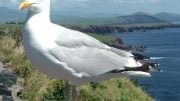
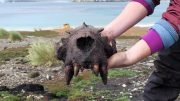
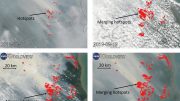
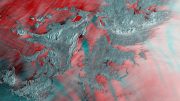
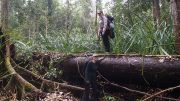
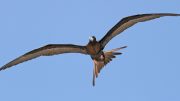
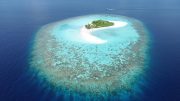
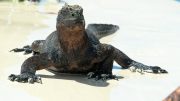
REBEL’S DAILY REPORTS
Sadly in about 10-25 years it will be the lack of water that will drive all animals AND HUMANS on Earth on a wild goose chase as all animals AND HUMANS will search the Earth for water because in about 10-25 years the world’s ice glaciers and snow covered mountains will be all gone as well as the North and South Poles! Streams,creeks and rivers will all dry up because there will be less rain worldwide and no more melted ice and snow water runoff. Once the poles, glaciers and snow covered mountains are gone the Earth will go onto the next stage of the several world wide environmental changes it is now currently going through. Once the world hits the stage where there is no more ice covered North and South Poles and no more glaciers and snow covered mountains then the Earth will enter a stage where the Earth will not be able to produce enough clouds worldwide to shield the Earth from the Sun. Also the clouds that you see will not be enough to produce rain as clouds are then reverted into being just environmental water sponges in the sky sucking water off the Earth and waiting for the Sun to evaporate and make that water disappear from the Earth forever! This process will go on till all water on the surface of the Earth is evaporated by the Sun. Now there is only one way to stop this disaster that is happening now and will get a lot worse in about 6-12 years. Read http://www.facebook.com/ron.mccune.3 to see what you are going to have to do to save Earth. Or you can bend over and kiss your asses goodbye in about 25 years!
Oh, no you don’t. You’re not gonna get away without explaining how peat from a seabird colony increases the hazard of fire.